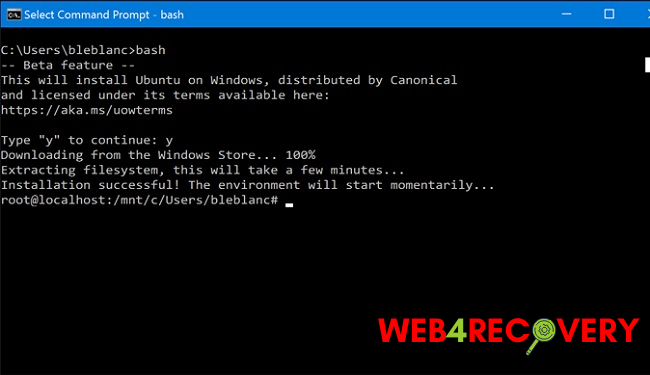Shell scripting provides a powerful way to automate tasks, and it is widely used in system administration and software development. For many users, learning how to run shell scripts (.sh files) can significantly enhance their work processes.
This guide will provide a detailed overview on how to run shell scripts in Windows 10, Linux, and the Terminal. We will also introduce examples of Windows shell scripting, and discuss related topics like command prompt usage and task scheduling.

Running Shell Scripts in Windows 10
Windows does not natively support the execution of shell scripts. Therefore, if you want to run an SH file in Windows, you will need a compatible tool. The most popular ones include Git Bash, Cygwin, and Windows Subsystem for Linux (WSL).
For this guide, let’s focus on using Git Bash, a versatile tool that emulates a Git command line experience.
Step 1: Download and install Git Bash from the official website.
Step 2: Open Git Bash. You can do this by right-clicking the desired location and choosing ‘Git Bash Here’.
Step 3: Navigate to the directory of your .sh file using the ‘cd’ command.
Step 4: Once you’re in the correct directory, type ‘bash filename.sh’ (replace ‘filename’ with your file’s name) and press Enter. This command executes the shell script.
Executing Shell Scripts in Linux
In Linux, running shell scripts is more straightforward. Here are the steps to do so:
Step 1: Open Terminal.
Step 2: Navigate to the directory containing your .sh file using the ‘cd’ command.
Step 3: Before executing, you must ensure that your script has execution permissions. You can do this by running ‘chmod +x filename.sh’.
Step 4: Now, you can run your script by typing ‘./filename.sh’.
Running SH Files in Terminal
Terminal refers to the command-line interface for Unix and Unix-like systems, including Linux and macOS. The process of running SH files in Terminal is similar to running them in Linux:
Step 1: Open Terminal.
Step 2: Navigate to the script’s location using the ‘cd’ command.
Step 3: Set execution permissions (if not already set) using ‘chmod +x filename.sh’.
Step 4: Execute the script with ‘./filename.sh’.
Windows Shell Script Example
Windows uses a different type of shell script called a batch file. Here’s an example:
off
echo Hello, this is a sample Windows shell script.
pause
This script, when executed, will display a message and then wait for the user to press a key.
Using the Command Prompt
Command Prompt is the default command-line interface for Windows. You can use it to execute batch files:
Step 1: Open Command Prompt.
Step 2: Navigate to your batch file’s directory with the ‘cd’ command.
Step 3: Run your batch file by typing its name and pressing Enter.
Task Scheduling
Both Windows and Linux Allow for Task Scheduling:
- In Windows, you can use the Task Scheduler. Create a new basic task, and when asked for the program/script, navigate to your batch file.
- In Linux, you can use cron jobs. To create a new cron job, open Terminal, type ‘crontab -e’, and in the editor that opens, you can schedule your shell script execution.
Conclusion
Whether you’re using Windows, Linux, or Terminal, running shell scripts allows for powerful task automation. While there are some differences in approach depending on your operating system, the fundamental concepts remain the same.
By familiarizing yourself with these techniques, you can significantly enhance your ability to automate and streamline your work.

















